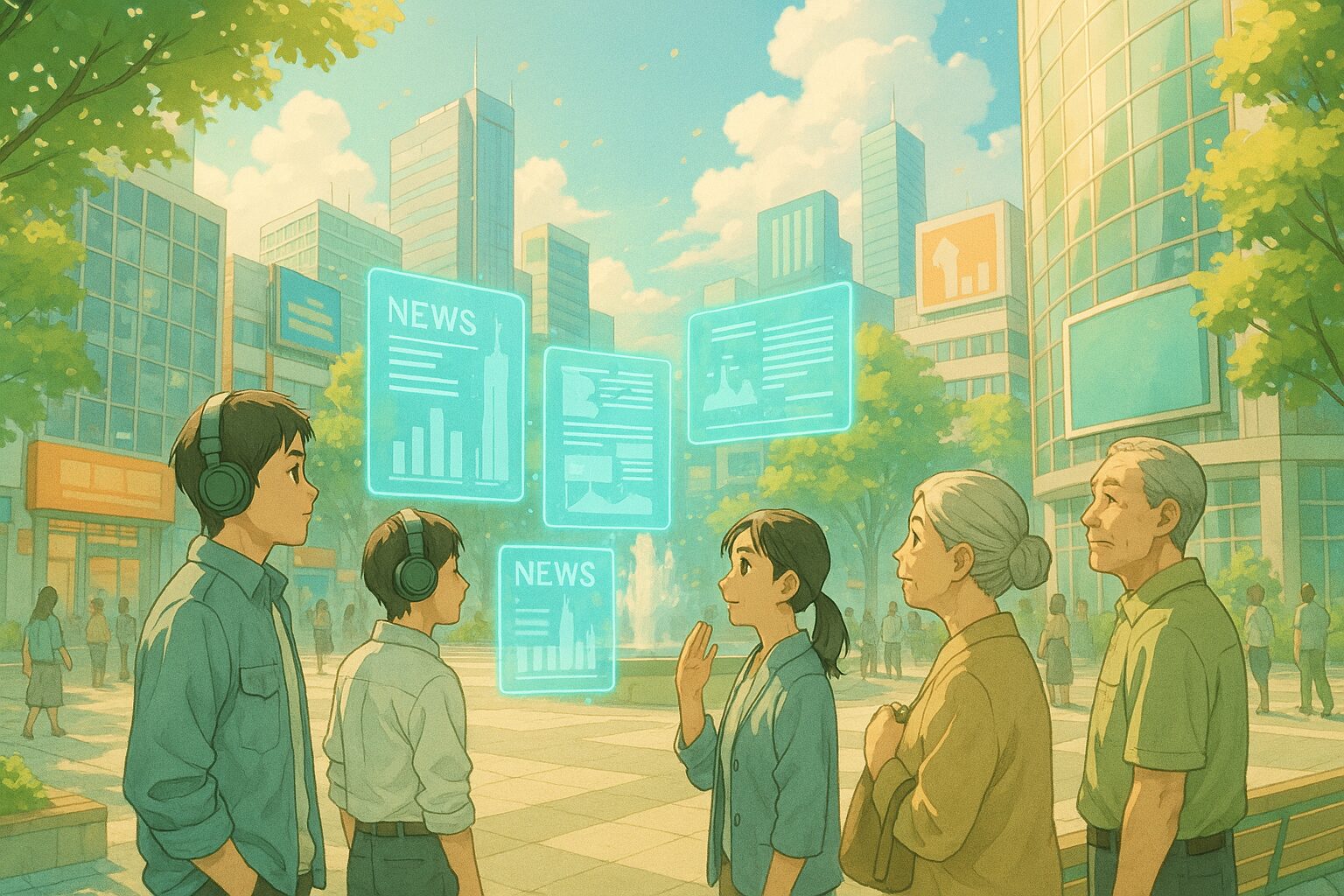What will Kerala look like in 2031?
Kerala has put forth “Vision 2031”. This state located in southern India aims to leap forward as a new industrial hub. If this trend continues, how will our future change?
1. Today’s News
Source:
News18
Summary:
- Kerala has announced a roadmap called “Vision 2031” to transform the state into a major industrial hub in India.
- This plan includes a series of large-scale projects aimed at developing industrial infrastructure and expanding employment.
- Development efforts are underway in various regions, including plans to make the Vizhinjam port a global economic hub and the Cochin Global City project.
2. Considering the Background
The background of this news reveals efforts aimed at economic growth in Kerala. Currently, many regions are striving for industrial centralization, aiming to create jobs and promote technological innovation. However, structural challenges exist. For instance, establishing industrial infrastructure requires substantial investment, and managing environmental impacts poses significant challenges. These issues relate to our daily lives; for instance, while the emergence of new industries may increase job opportunities, environmental pressures could also rise.
3. What will the future hold?
Hypothesis 1 (Neutral): A future where industrial centralization becomes the norm
In Kerala, by 2031, industrial centralization may advance, leading many people to work in new job sectors. This could invigorate the local economy and improve infrastructure, while traditional lifestyles might change. People will adapt to new rhythms of life, and urbanization may alter their quality of life.
Hypothesis 2 (Optimistic): A future with significant technological advancements
This project could position Kerala as a hub for technological innovation. With new technologies being introduced to the region, life could become more convenient, and industrial efficiency may enhance. People will have more opportunities to engage in creative jobs, improving their quality of life.
Hypothesis 3 (Pessimistic): A future where traditional lifestyles are lost
Amid the wave of new industrialization, there is also a risk of losing Kerala’s traditional culture and natural environment. The sacrifice of historical towns and natural beauty could dilute the region’s identity. People may find it challenging to accept these changes.
4. Tips for Us
Thought Process Tips
- Consider how your life might be influenced by new industries.
- Use this opportunity to reflect on the balance between environmental protection and economic development.
Small Practical Tips
- Create spaces in your workplace or community to discuss new technologies and industries.
- Participate in local environmental protection activities to support a sustainable future.
5. What Would You Do?
- How will you respond to the trend of industrialization?
- How will you face the changes brought about by technological innovations?
- What can be done to preserve traditions while building a new future?
What kind of future do you envision? Please share with us through social media quotes or comments.







